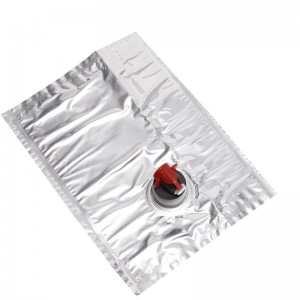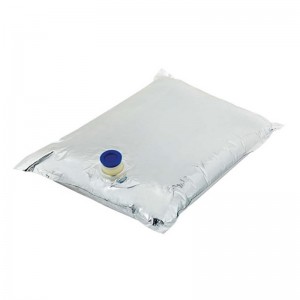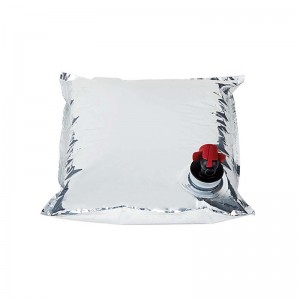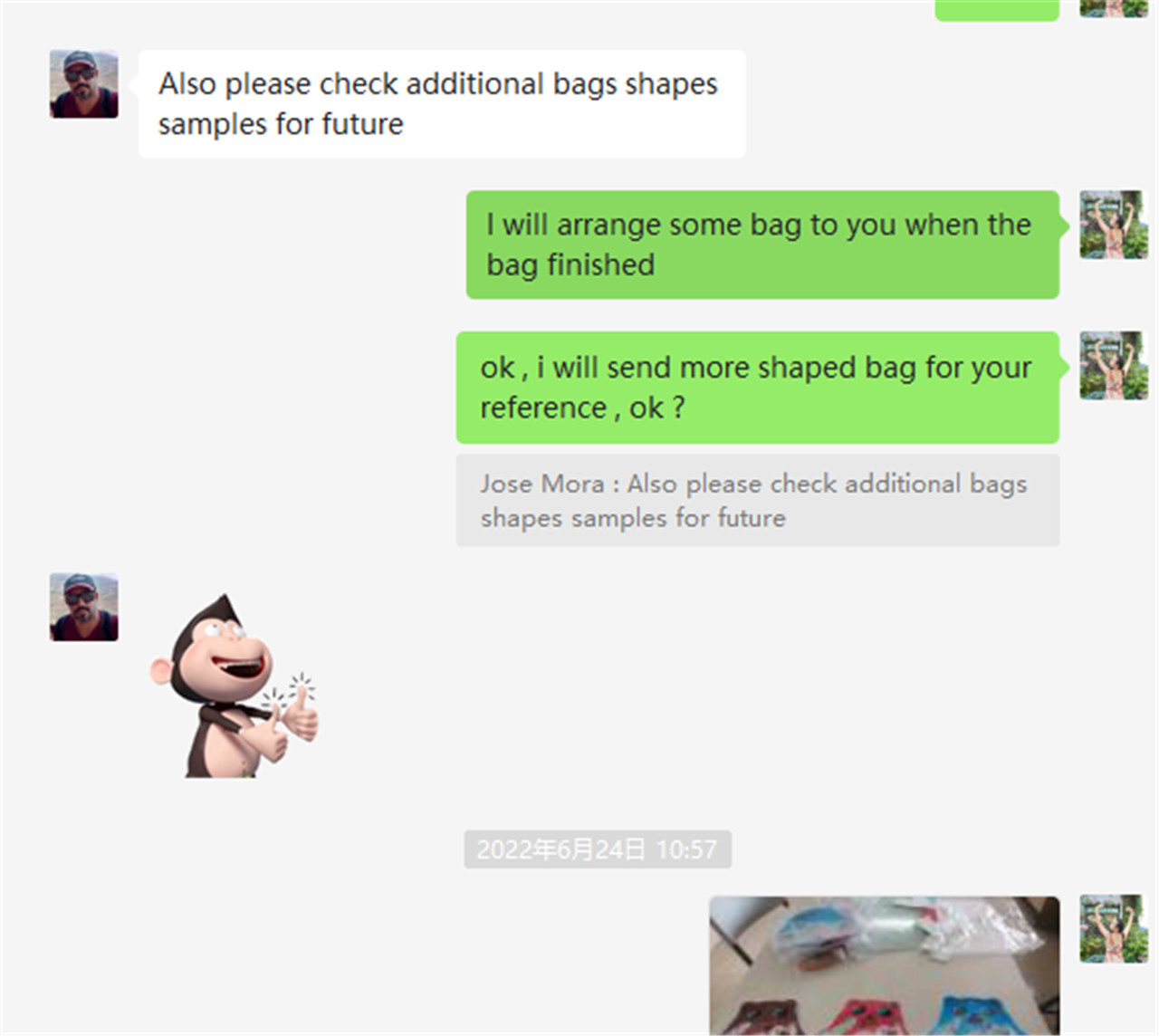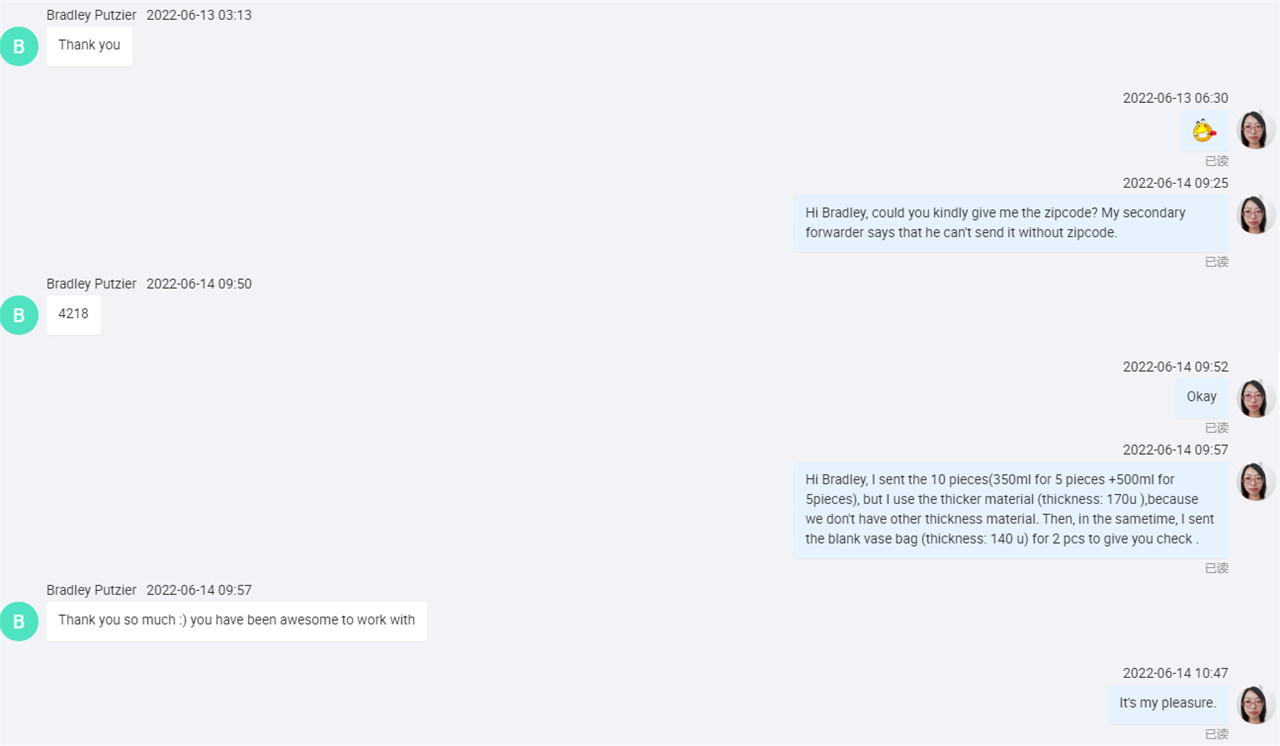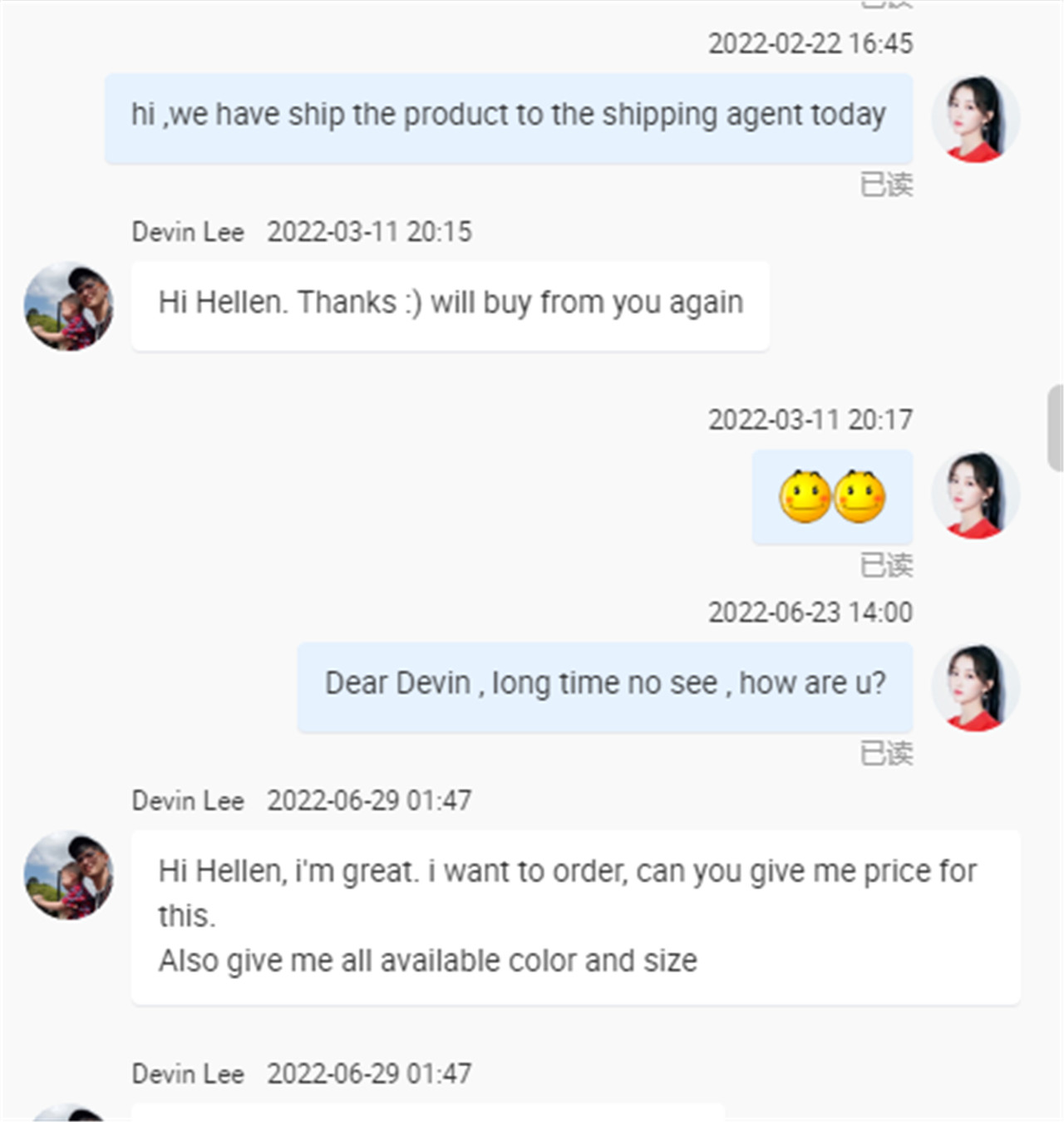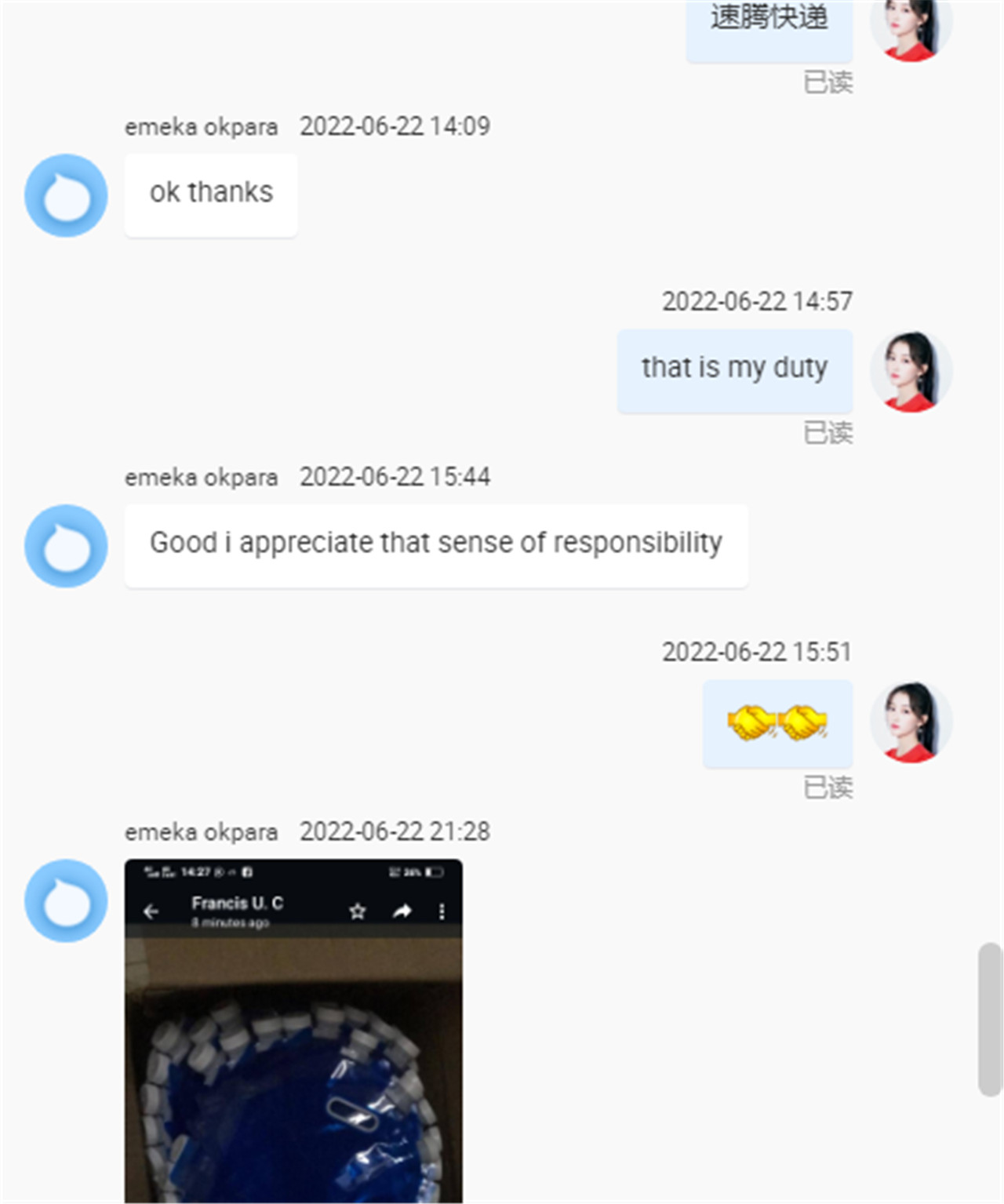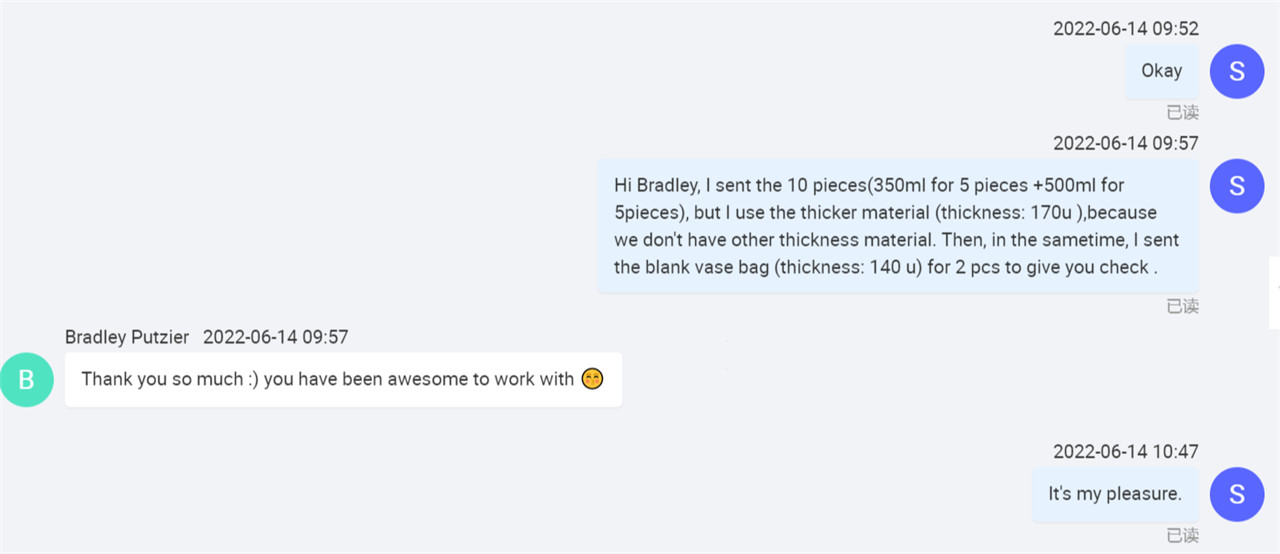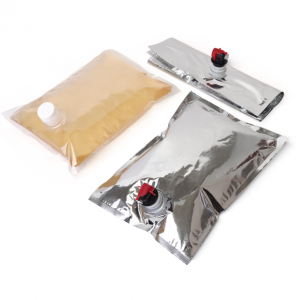Bag-in-Box Packaging Barrier Bag
Known Process Applications
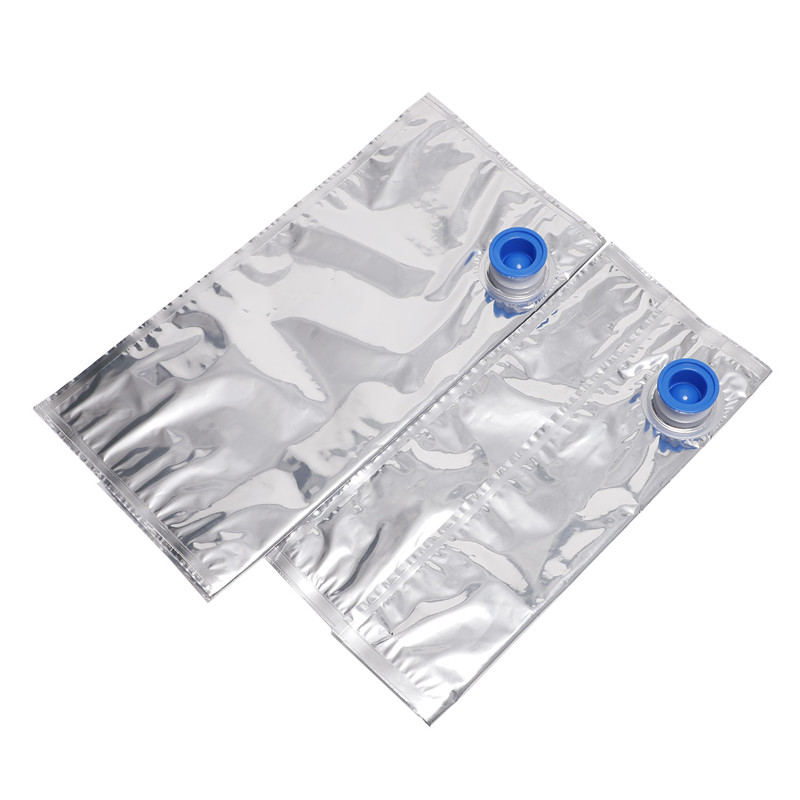
◑ Clean Fill (Ambient)
◑ Occurs when a product is filled into a package with no additional sterilization treatment.
Ultra-Clean (ESL)
Uses UV, laminar flow, and/or hydrogen peroxide to achieve high sterility levels for short shelf-life products.
Aseptic
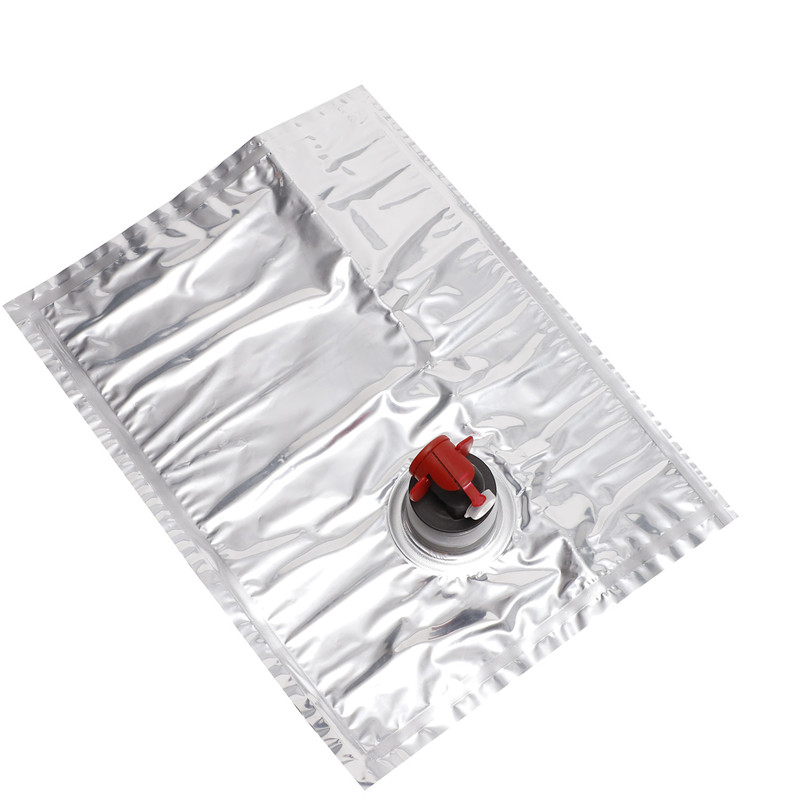
Fills commercially-sterilized products into pre-sterilized packaging. Products can be held unopened without refrigeration.
Filling Method
◐ Through Spout Form-Seal-Fill
◐ Common Package Sizes
◐ 1 liter to 19 liters (0.26 gallons to 5 gallons)
◐ Typical Markets
◐ Alcoholic Beverages Coffee & Tea Dairy Functional Drinks Juice Nutraceutical Smoothies Water
◐ Typical Use
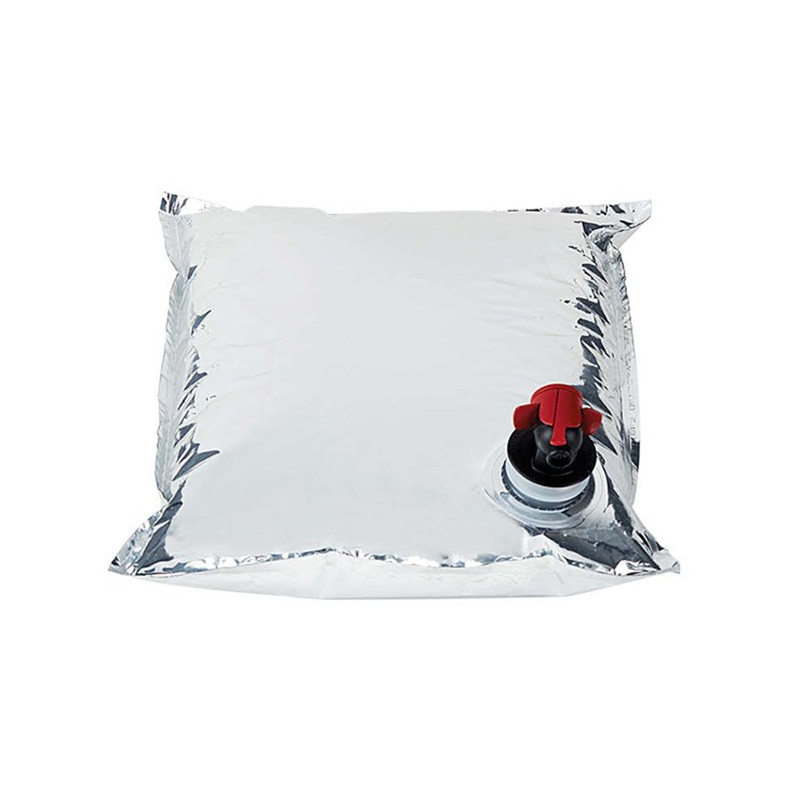
Retail Bag-In-Box
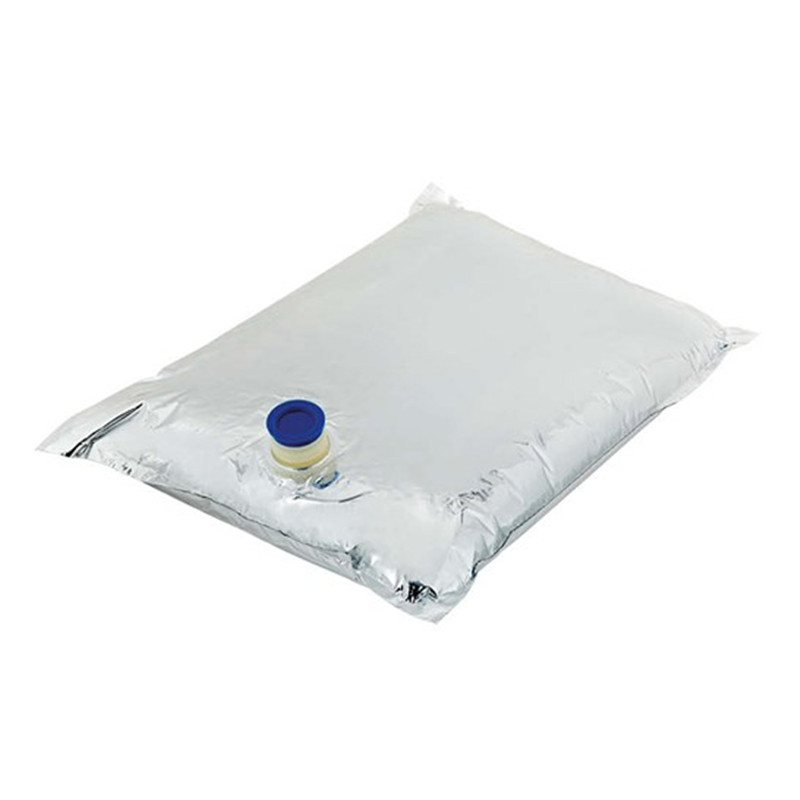
Consumer-friendly fitments and sizes up to 20 liters.
SUSTAINABLE LIQUID PACKAGING
A major advantage of the bag in box system is its eco-friendliness and low carbon footprint. It’s common knowledge that, compared to a glass wine bottle for example, bag in box packaging is much less energy-intensive to produce and far more efficient to recycle. The first exhaustive study on the environmental impact of different packaging types was conducted in Sweden and Norway. The result: a 3-litre wine box beat a glass wine bottle in all aspects, generating on an average less than a fifth of the CO2 emissions (17.9 %) as the same volume of bottled wine.
FAQ
Bag in box packaging is an optimized, eco-friendly and sustainable packaging solution for liquids. It consists of two elements: a flexible inner bag and an outer box made from corrugated cardboard. The box protects against damage and exposure to light, while offering valuable space for branding and communication. The airtight bag gives the packaged liquid a longer shelf life. One 3-litre bag in box packaging generates less than a fifth of the CO2 emissions created by using four 75cl glass bottles.
Bag material is selected according to the liquid’s properties; the bag can be filled with hot or cold liquids, manually or mechanically. Next, the corrugated cardboard outer packaging is assembled, the filled bag placed inside and the box closed. The bag in box is then complete. With its strong outer and sustainable credentials, this eco-friendly packaging solution is also ideal for direct-to-consumer shipping.
This packaging solution works well for just about any non-carbonated liquid filling: juices and wine, oil and lotions, coolants and chemicals.
Bag in box packaging benefits manufacturers, retailers and consumers: Quality of the filling remains high for longer, as there is no contact with oxygen Fully stackable; takes up less space in delivery and storage Easier to stock on shelf than, say, a wine bottle Large surface area for communication, graphics and high-end finishes Light weight: a 3-litre wine bag in box is 38% lighter than four 75cl glass wine bottles Convenient for bulk and end consumers: easy to recycle by separating box from bag
This type of packaging can be designed to hold anything from 1 to 20 liters of wine or other liquids. Because the bag prevents contact with air, the larger pack sizes do not automatically carry an increased risk of the wine or other filling becoming spoiled just because it takes longer to consume the contents.
The smallest production run for bag in box packaging is currently 5,000 units.
Bag in box packaging can help to drive retail sales of all kinds of non-carbonated liquid products, not just wine. As well as being user-friendly, bag in box packaging can be used to really grab the attention of shoppers in-store or call their attention to different variants.



